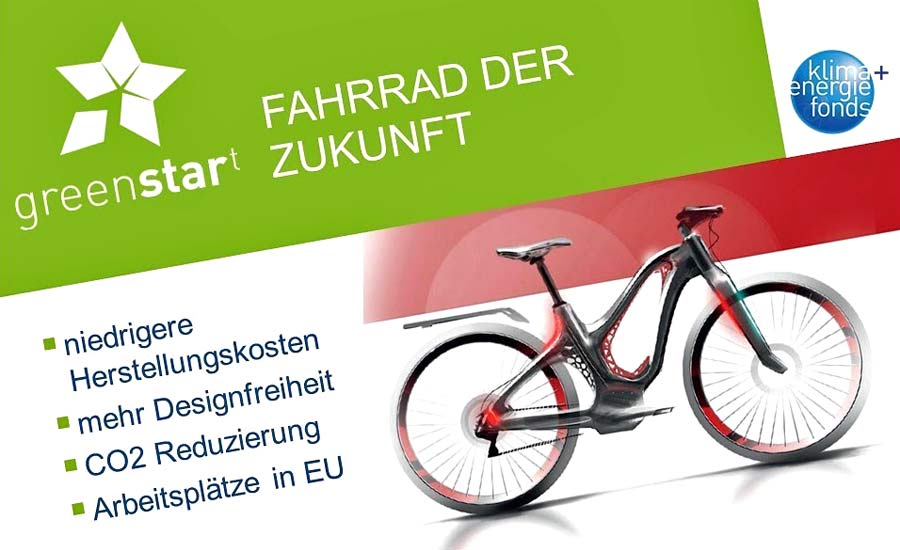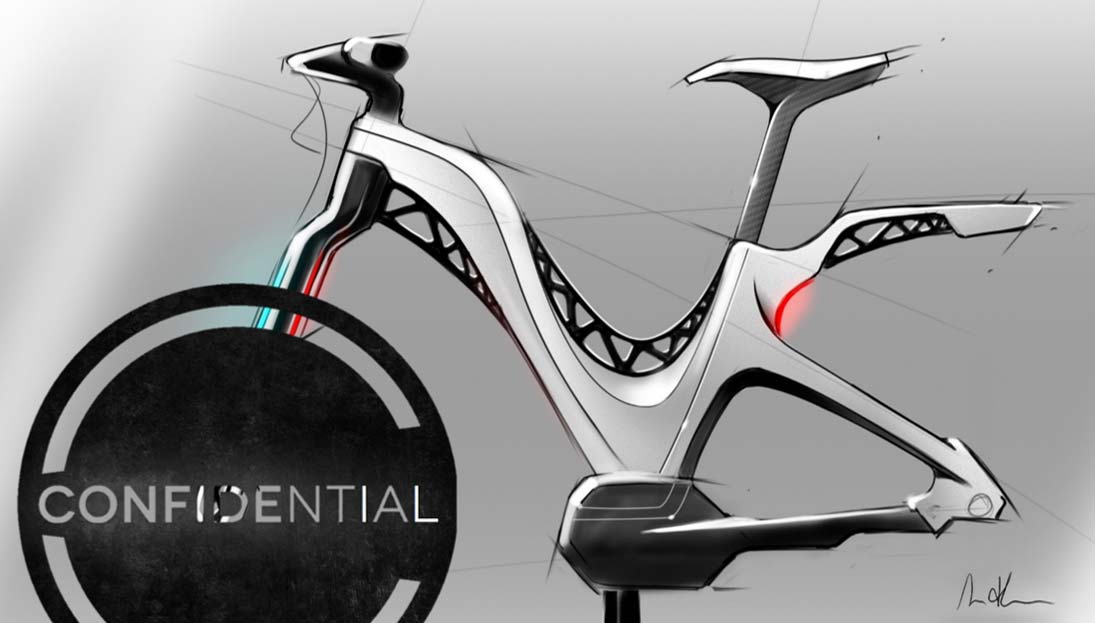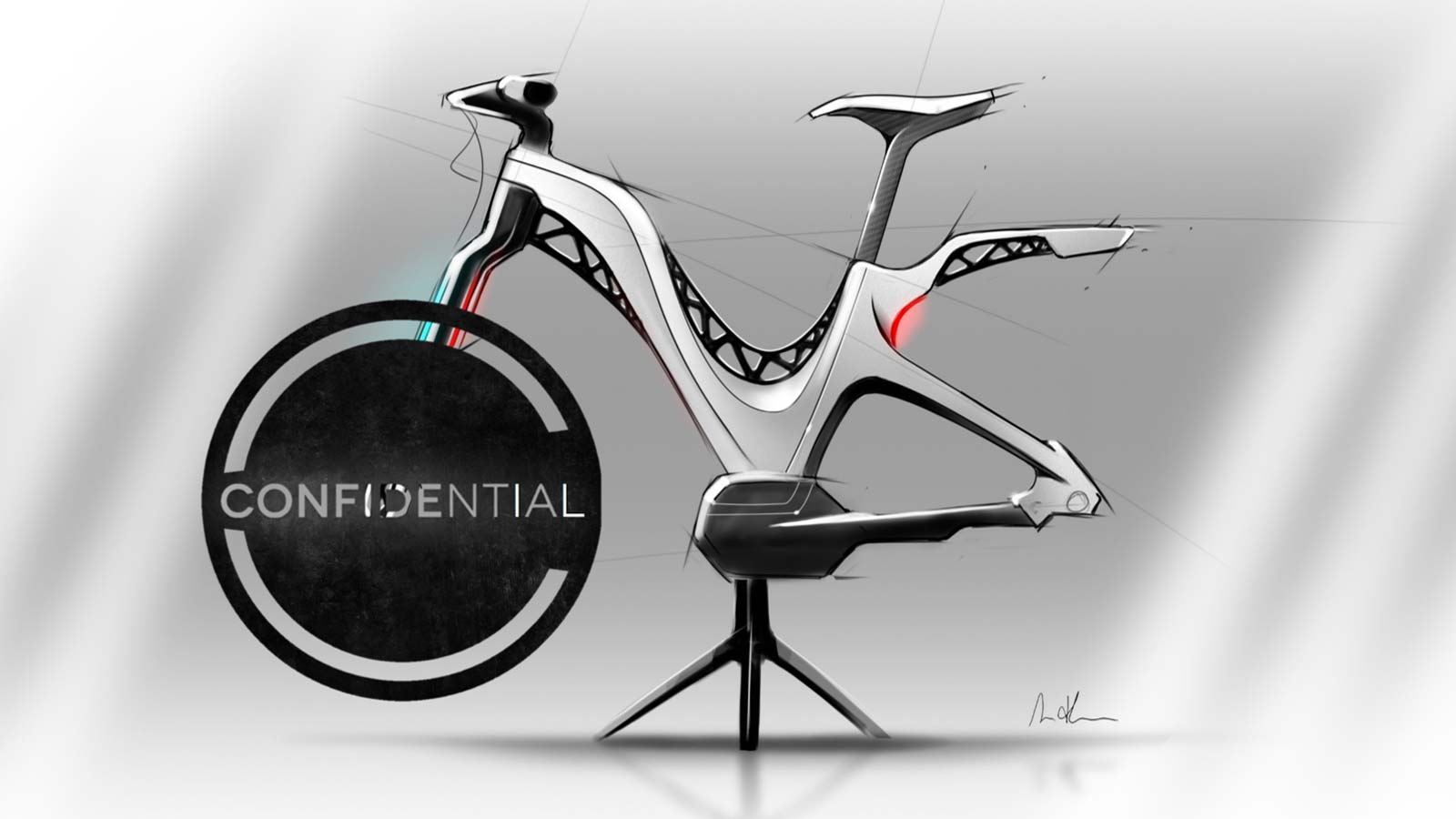Austria-based Plastic Innovation won a European sustainability start-up prize this past week for their work developing a new method to quickly and affordably produce high-performance bicycle frames in Europe using injection molded composites. While mass-produced, injection molded bike frames have been tried before, the plastics performance & durability had always left cyclists wanting. But Plastic Innovation has some new ideas, and lessons learned from other industries…
Plastic Innovation composite injection molded bike frames

We first heard about Plastic Innovation’s new project and their GreenStart award from industry trade sites CyclingIndstry.news & BikeBiz.com. But both of them seemed lacking real detail, and even seemed to incorrectly link the project to previous concept bikes. So we got in touch with the company to get the real details. And now take a closer look at the bike concept.
The young company based near Linz brings together a team with industry and academic experience in polymer engineering research and application. Bicycles are just a part of Plastic Innovation’s work, but a project they are passionate about. This bike project has been named Fahrrad der Zukunft or Bicycle of the Future, and is an attempt to bring economically & environmentally sustainable bike mass production back to Europe. The concept adapts an injection molding process currently utilized in the automobile industry to quickly & cheaply produce structural plastic parts using a thermoplastic resin with fiber reinforcement. It also isn’t a huge stretch from small reinforce polymer elements already quite common in bike components & cycling shoes.
Plastic Innovation says with carefully optimized frame & mold designs and their process, it is possible to create a single bike frame in under one minute. Using advanced tooling & automation, it will be cost-effective to bring production back closer to the bicycles primary sales markets. So for example producing the bikes in Germany, lead times from production to retail sale can also be dramatically reduced, with fewer resources consumed (wasted?) on shipping & logistics. Combine that with advanced composite injection molding’s 50% reduction in CO2 emissions vs. metal bike manufacture. And the resulting bikes will have much improved environmental footprint, before even considering that the frames will be easily recyclable.
Bicycle of the Future concept

The bikes that Plastic Innovation has shown to the public so far have been conceptual studies. But there certainly are some interesting characteristics already incorporated. The flexibility of injection molding will allow for plenty of functional integration of features like front & rear lighting, fenders & racks, and even smooth e-bike drive system & battery integration. Plus, unlike plastic bikes of the past, these new advanced, reinforced polyamide frames are able to use industry standard components. That makes them more cost-effective and easier to service, while also keeping weight down.
Beyond those concepts, Plastic Innovation is already working with some bicycle OEMs. And they are searching for more cycling industry partners to further develop the concept into real mass-produced composite bike frames. Again their reinforced polyamide construction offers plenty of design freedom to produce all manner of bikes. And their German auto industry production partners, mean the performance injection molded bike could be closer than we think.
